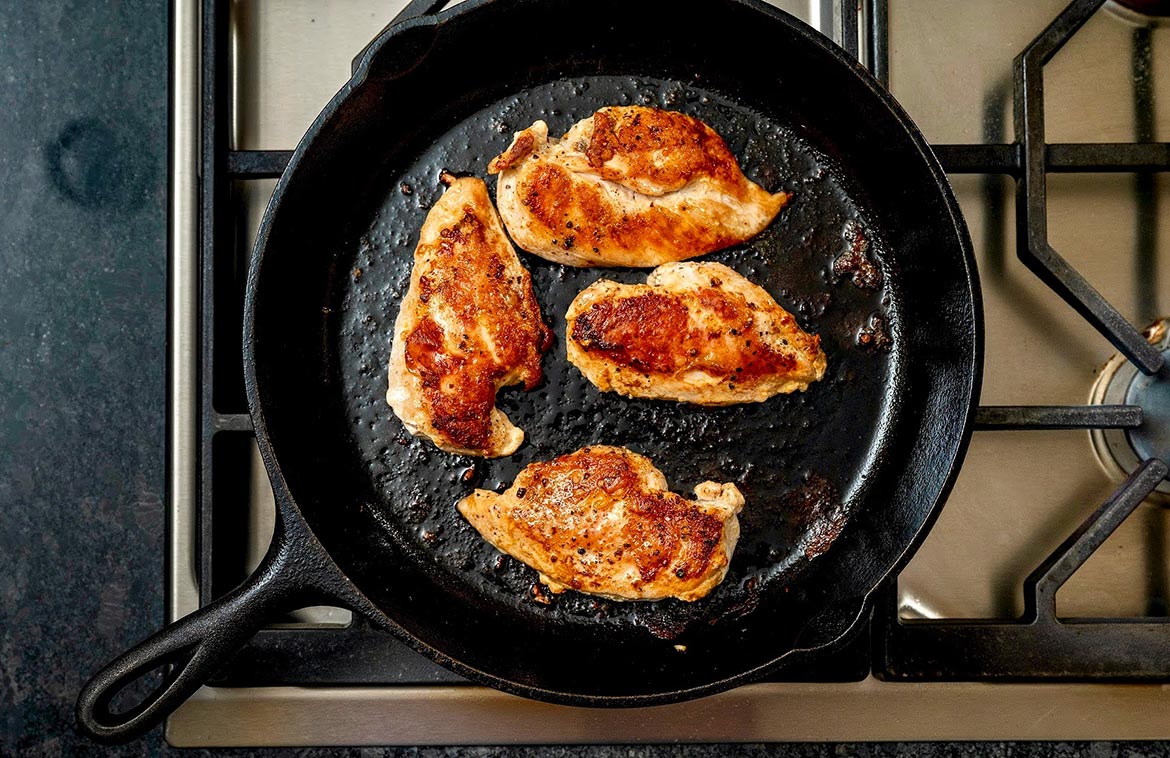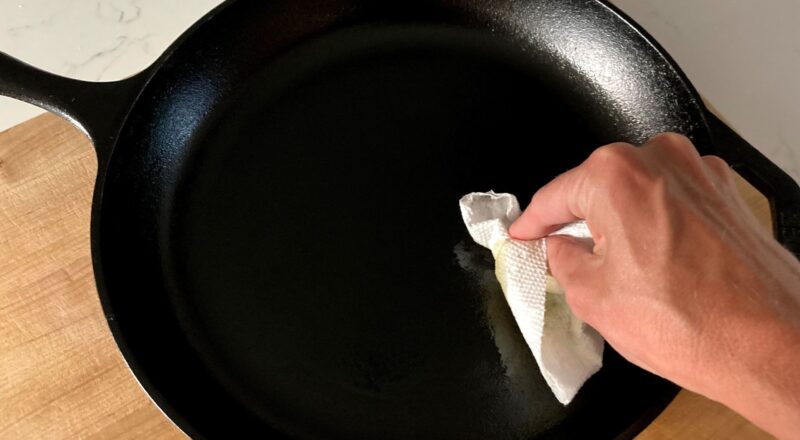Taking care of a cast iron skillet can seem daunting, but it doesn’t have to be. With the right techniques, you can maintain your skillet so it lasts a lifetime. In this guide, we’ll explore the essential practices for treating your cast iron skillet, ensuring it remains a reliable tool in your kitchen. Whether you’re a seasoned chef or a home cook, understanding these steps will elevate your cooking experience.
One of the most common questions from kitchen professionals and home cooks alike is ‘how to treat a cast iron skillet’. Properly seasoning and maintaining this iconic cookware piece can make all the difference in your culinary endeavors.

1. Understanding Your Cast Iron Skillet
Before diving into treatment techniques, it’s important to understand what makes cast iron unique. Cast iron skillets are renowned for their durability, heat retention, and versatility. However, they require specific care to maintain their properties.
Why Choose Cast Iron?
Cast iron skillets have been a staple in kitchens for centuries. They offer unparalleled benefits such as even heat distribution and non-stick capabilities when properly seasoned. Their ability to withstand high temperatures makes them perfect for searing, baking, and frying. Additionally, cast iron adds a small amount of iron to your food, which can be a nutritional bonus.

2. Initial Setup: Seasoning Your New Skillet
Seasoning is the process of applying a layer of oil to the skillet’s surface and heating it to form a protective coating. This layer acts as a natural non-stick surface and protects the skillet from rust.
What You’ll Need
- High smoke point oil (e.g., flaxseed oil, grapeseed oil)
- Clean cloth or paper towels
- Oven
Steps to Season Your Skillet
- Preheat your oven to 450F (230C).
- Wash the skillet with warm water and mild soap to remove any factory coating.
- Dry thoroughly with a clean cloth.
- Apply a thin layer of oil, covering all surfaces.
- Place the skillet upside down in the oven (with a baking sheet underneath to catch drips) and bake for one hour.
- Turn off the oven and let the skillet cool inside.

3. Regular Maintenance Techniques
Regular maintenance of your cast iron skillet involves cleaning, drying, and re-seasoning as needed.
Cleaning After Every Use
After cooking, clean your skillet with a stiff brush and hot water. Avoid using soap, as it can strip the seasoning. For stubborn food residues, a paste of coarse salt and water can act as a gentle abrasive.
4. Avoiding Common Mistakes
To ensure the longevity of your skillet, avoid these common mistakes:
- Leaving it soaking in water, which can cause rust.
- Using harsh detergents or scouring pads that can remove the seasoning.
- Cooking acidic foods frequently, which can break down the seasoning layer.
5. Re-Seasoning Your Skillet
Over time, the seasoning on your skillet may wear down, especially if you’ve cooked acidic or abrasive foods. Re-season your cast iron skillet periodically to maintain its non-stick surface.
6. Storing Your Cast Iron Skillet
Proper storage is crucial to prevent rust. Make sure your skillet is thoroughly dry before storing. You can also place a paper towel inside the skillet to absorb any residual moisture.
Stacking Skillets
If you need to stack multiple cast iron pans, place a towel or paper between each piece to prevent scratching and maintain the seasoning.
7. Restoring a Rusty Skillet
If your skillet has developed rust, don’t worry; it can often be restored to its former glory.
Removing Rust
- Scrub the rust away using steel wool or a wire brush.
- Wash with warm water and soap, then dry thoroughly.
- Re-season the skillet as directed in section 2.
8. Cooking Tips for Cast Iron Skillets
To get the most out of your skillet, follow these cooking tips:
- Preheat your skillet before adding food to ensure even cooking.
- Use a lower heat setting compared to other cookware, as cast iron retains heat very well.
- Don’t be afraid to use metal utensils; they’re less likely to damage the seasoning than you might think.
9. Frequently Asked Questions
Should I use soap on my cast iron skillet?
It’s generally best to avoid soap as it can strip the seasoning. Hot water and a stiff brush should suffice for regular cleaning.
What should I do if my skillet gets sticky?
If your skillet feels sticky, it’s likely that too much oil was used during seasoning. Try scrubbing it with hot water and re-seasoning with a thinner layer of oil.
Can I cook acidic foods in my skillet?
Occasionally cooking acidic foods is fine, but frequent use can break down the seasoning. Ensure to re-season your skillet regularly.
For more recipes and tips on cast iron cooking, visit chicken thigh recipe or make chili.
External resource: Check out a variety of one-skillet dinners for more ideas.
As an Amazon Associate, I earn from qualifying purchases.

